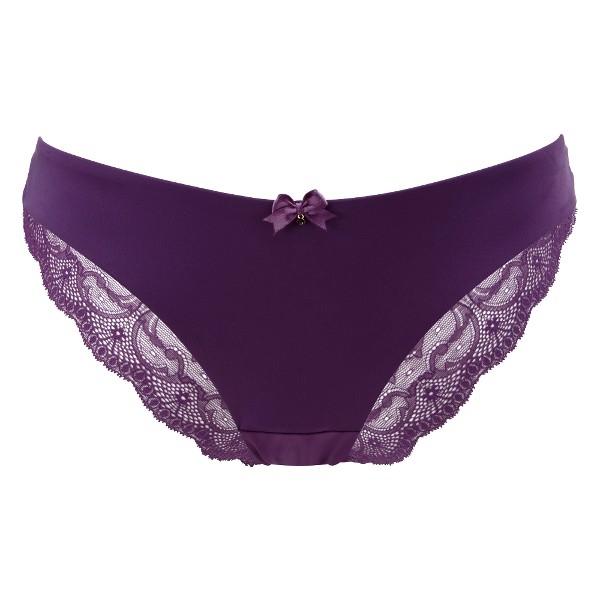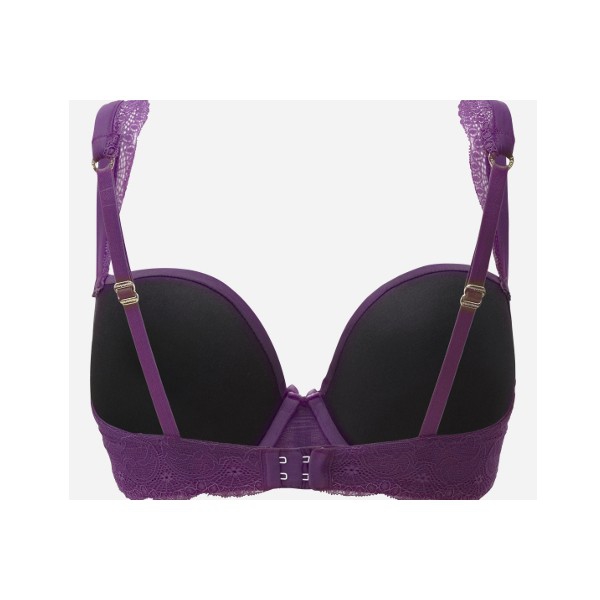

The term "native" is a reference to the fact that they live more naturally alongside strictly editorial content than hard-sell, old-style shilling ever did. What they have in common, though, is they are interesting. Some are more clearly marked than others, and some are barely marked at all. Which is to say, they are not clearly and unequivocally ads in the old sense. They are the "around the web" section on news websites, or the "partner content" section, or the "sponsored stories."Īt first glance, they blur, even shatter the line between journalism's church and state. In the industry, these new ads are called "native," or, more commonly, "branded content."Ĭalled "native" or "branded" content, this kind of clickbait advertising has become a regular feature on most news websites. It's all accelerated so quickly that a lot of us have stopped pretending we don't know how it will turn out.īut a new form of advertising is erupting, and to me, anyway, it offers the first real hope, even if it violates the prime directive I was taught as a newsroom lad 39 years ago. In a single generation, news organizations went from serving (and sometimes preaching to) paying subscribers, to chasing herds of fickle readers and viewers who "snack" information on phones and tablets, and expect it all for free. The Current: Branded content, blurring the line.The whole online experience, for news organizations, has been a form of unassisted suicide.
#Masquerade ardour free#
There's so much free content out there that most people see no reason to buy subscriptions.

Meanwhile, the very concept of a regular, defined, subscription-paying audience - to which journalism's first and only loyalty is supposed to lie - has shrivelled. When websites made it impossible to click past them, readers and viewers would just surf on to something else. The banner and pop-up ads that were supposed to monetize the internet never really worked they were annoying, and people just clicked past them. Newsrooms that once had hundreds of employees now have dozens. Ever since some idiot first decided to give away editorial content on the internet, advertising has been sending journalism less and less money each month. Trouble is, the cheque has stopped arriving. The news division has always been sort of a silent partner.

Journalism holds its nose, and pretends it cannot be bought, but it needs the filthy lucre. That's the relationship, and it always has been. Publicly, though, journalism is the rigidly self-righteous deacon, married to truth and principle, reluctant to even acknowledge, let alone publicly do business in the gaudy bordello of advertising. Privately, their ardour is inexhaustible. They want one another, and they've coupled profitably since news was invented. Journalism and advertising have always carried on a sordid, furtive relationship.


 0 kommentar(er)
0 kommentar(er)
